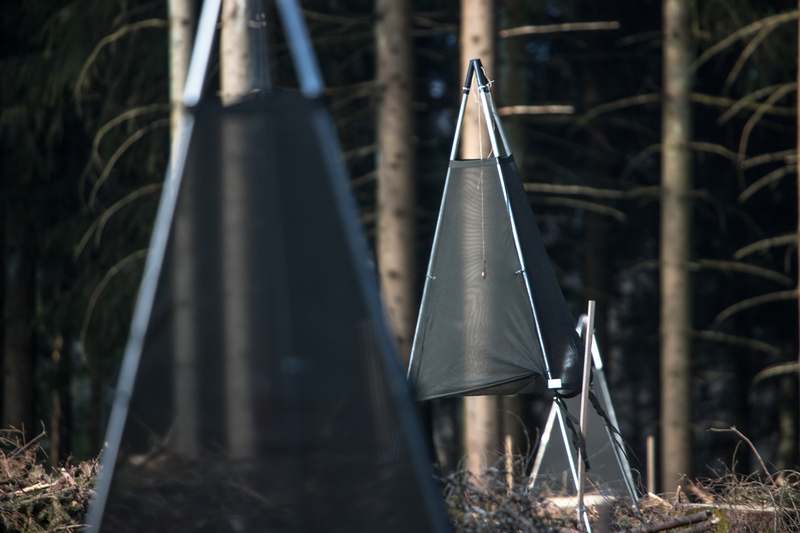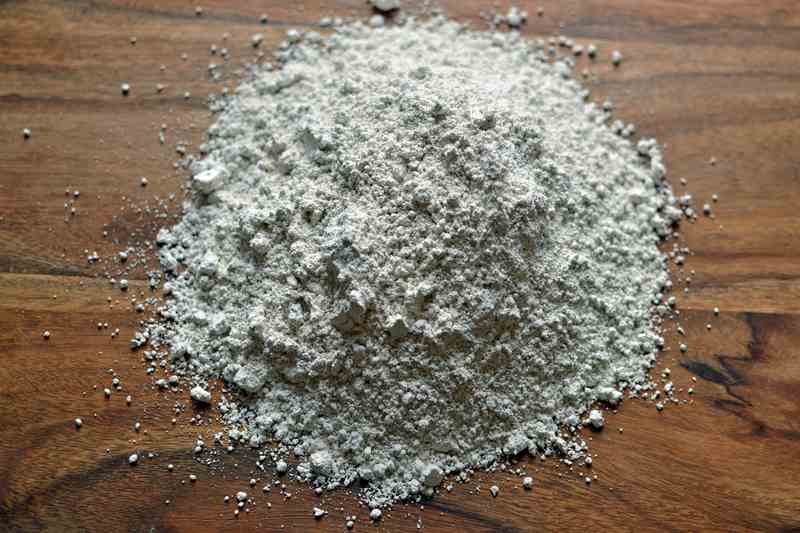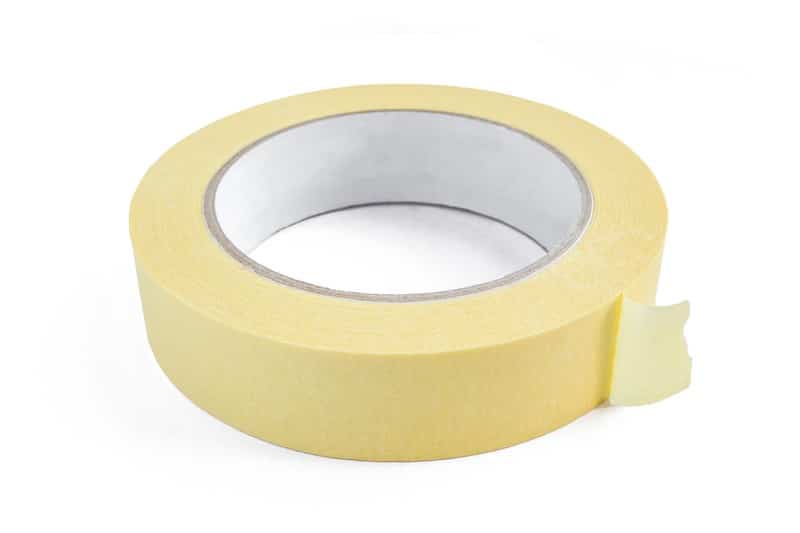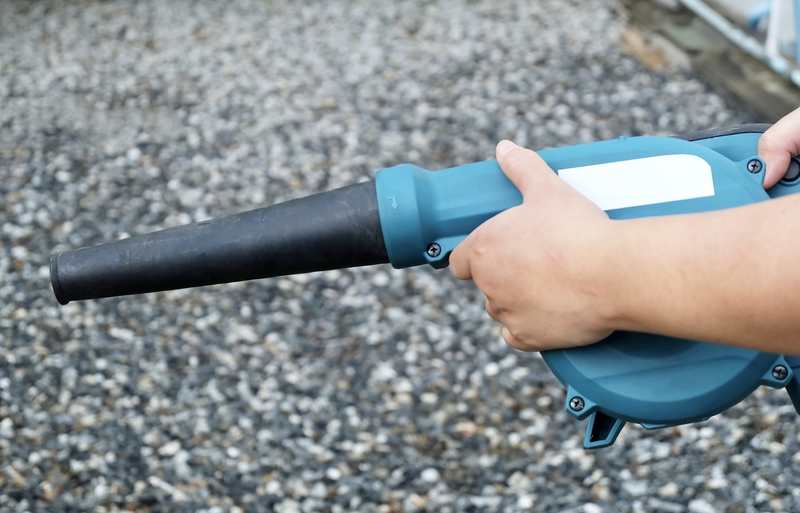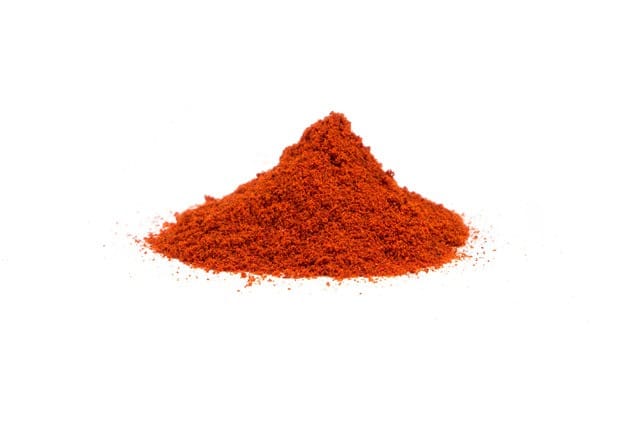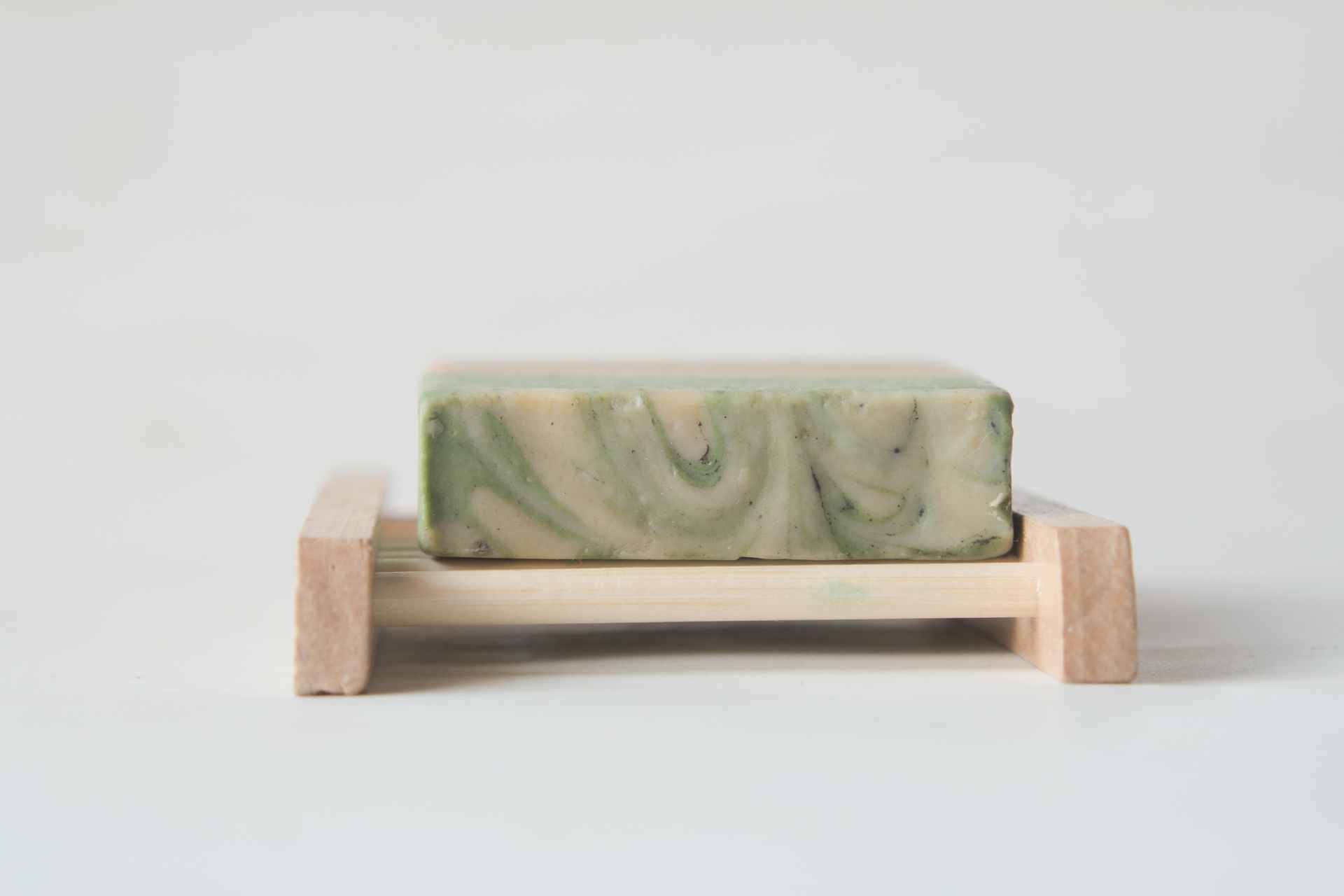
Cucumber is one of the easiest-grown vegetables, which is why they are popular among kitchen garden owners. However, to ensure proper growth, it’s important to control the cucumber bugs as these bugs can cause devastating damage to the plant.
Fortunately, controlling the bug attacks on a cucumber plant is easy and we are sharing some options with you.
How To Get Rid Of Cucumber Bugs?
- Remove Debris
Bugs are usually attracted to cucumber plants when there are fallen fruits, leaves, and other debris around them. This is because the debris becomes a hiding place for the bugs. For this reason, the first step is to clean the cucumber vines properly and the area around them to make sure the bugs can’t hide.
In addition to this, make sure you rake the soil regularly and clear the weeds. After this, you can use a pesticide to kill the remaining bugs but make sure you spray during the evening as bugs are more active in the evening.
- Beetle Traps
Cleaning the vines and the soil will remove the bugs from the plant but you have to prevent their infestation again. For this reason, it’s recommended that you install beetle traps around the borders of the plant.
In addition to beetle traps, you can also plant blue hubbard squash on the edges of the cucumber patch because it’s one of the most effective trap crops.
In addition to blue hubbard squash, you can also plant broccoli, radishes, tangy, corn, and onions between the cucumber rows to keep away the bugs. Planting these trap crops is also known as companion planting.
- Beneficial Nematodes
One of the best ways to ensure healthy cucumber growth while keeping the bugs away is to spray beneficial nematodes into the soil where you have planted the cucumber vine. This is because these nematodes help kill the larvae and minimize the population of bugs during the later summer season.
Moreover, you should plant the herbs like lemon balm and alyssum as these ornamental herbs can attract lacewings and ladybirds, which prey on mature bugs as well as their larvae.
The best thing about using nematodes and herbs is that they don’t damage the cucumber plant. The ladybirds consume the bug’s eggs, which prevents an outbreak.
Also, when you purchase the ladybirds, release them in the soil during late evening or early morning to extend their lifespan. The ladybirds are available at organic nurseries and it’s recommended that you purchase around 200 of them for a small garden.
- Use Silver Mulch
Silver mulch is one of the best ways of repelling the bugs as they are reflective – the reflective mulch blinds the bugs but make sure you wear sunglasses while applying the mulch to protect your eyes from glare.
In addition to applying silver mulch, you should spread straw as it makes it difficult for the bugs to lay eggs, preventing population growth.
- Row Cover
If you have recently planted the cucumber, it’s recommended that you protect it with row covers and make sure the row cover is secured on all sides of the plant to prevent the entry of bugs without stopping the light. The expert recommended installing the row covers as soon as you transplant or sow your cucumber plant.
The row covers work as mini-greenhouses, which means the water and sunlight will reach the plant while keeping the bugs out. However, the row covers can only be used for young cucumber plants as the plant needs to cross-pollinate once the flowers start appearing on it and row covers can interfere with pollination.
- Diatomaceous Earth
Diatomaceous earth is a lifesaver when it comes down to protecting plants from bug infestations. It is a non-toxic mix that helps kill the existing bugs and prevent the new ones from hatching, which means the bug infestation will be fully cleared.
In fact, it’s a suitable choice for organic gardens as well but make sure you wear a mask while applying it as the powder can get into the nose, causing irritation.
In addition to using diatomaceous earth in powdered form, you can also mix half a cup of this mix in one gallon of water and spray it on the infested plants.
- Tilling
Tilling is one of the best prevention and killing techniques for bugs. You should till the ground during late fall as it helps eradicate the larvae in the soil.
In addition to this, make sure you till the soil before planting the cucumber seeds in spring as it helps expose the larvae to predators. Tilling also helps limit weed growth as it breaks down the roots.
- Sticky Tape
Another method is to use sticky tape to attract the bugs. In particular, you should purchase yellow sticky tape as bugs are attracted to the bright yellow color. The sticky tape will make sure the bugs don’t fly away, so you can dispose of the tape.
For this reason, you have to put the yellow sticky tape on all four sides of the plant with the help of sticks. As far as disposing of the tape is concerned, you can use the sealable bags and throw them in the garbage can.
- Vacuum
If you don’t want to use pesticides or nematodes to get rid of bugs, you can use the vacuum. You can use the smallest attachment of your vacuum cleaner and use it to pull the bugs off your cucumber plant. Once you have cleared all the bugs, empty your vacuum cleaner into a sealable bag for proper disposal.
- Natural Insecticides
Insecticides are one of the fastest ways to get rid of bugs and pests on the plants but many of them have toxic chemicals that cause damage to the plants while killing the bugs.
For this reason, you can opt for natural insecticides. Neem oil is the most effective choice – you can mix 5ml of neem oil with one liter of water and 2ml of liquid soap and spray it on the plant.
The second insecticide is wood ash and lime as it helps deter the bugs. To make this insecticide, you’ve to mix one ounce of wood ash and powdered lime in one-gallon water and make the spray. This spray can be applied to the affected areas.
The third option is to mix garlic and hot pepper. For this insecticide, you have to crush six garlic cloves and add one tablespoon of liquid soap to one gallon of water.
In addition, add a tablespoon of hot pepper powder and put the mixture away for a day. Then, strain the mixture, put it in the spray bottle, and apply it to the cucumber plant to get rid of bugs.
- Insecticidal Soap
There are various insecticidal soaps available on the market that are suitable for organic gardens. To use the soap, you can cut the soap bar in half, dip it in one gallon of water, and let the soap melt in water for a day. After one day, just spray this water on the cucumber plant and the bugs will be killed.
- Crop Rotation
Crop rotation is another method that you can try to prevent bug infestation. For this purpose, you have to rotate where you plant squash and cucumbers in the next season. This is because the bugs overwinter in the soil, and crop rotation helps prevent larvae development.
- Kaolin Clay
The last option is to use kaolin clay because it not only helps control bug infestation and plant diseases but also protects the plants from heat stress. To use the kaolin clay, you’ve to mix three cups of this clay with a gallon of water – it will create a sprayable mixture, so you can treat the cucumber plant.
It will create a white surface barrier on the plant, which keeps away the bugs and prevents them from laying eggs on the plant.
The Bottom Line
Bugs can cause serious damage to the cucumber plant as they defoliate the leaves. In addition, the bugs carry different diseases, such as bacterial wilt and mosaic virus, which can kill the plant.
For this reason, it’s important that you kill these bugs as soon as you identify them and follow the preventive measures to prevent bug infestation.


